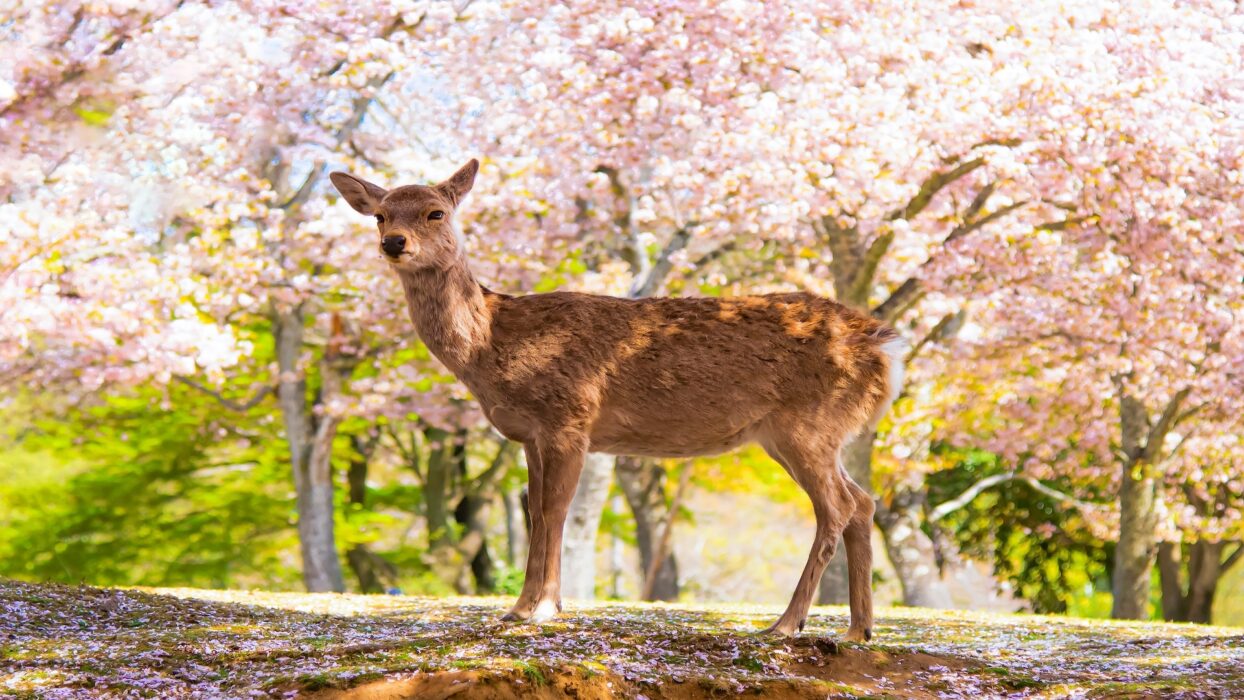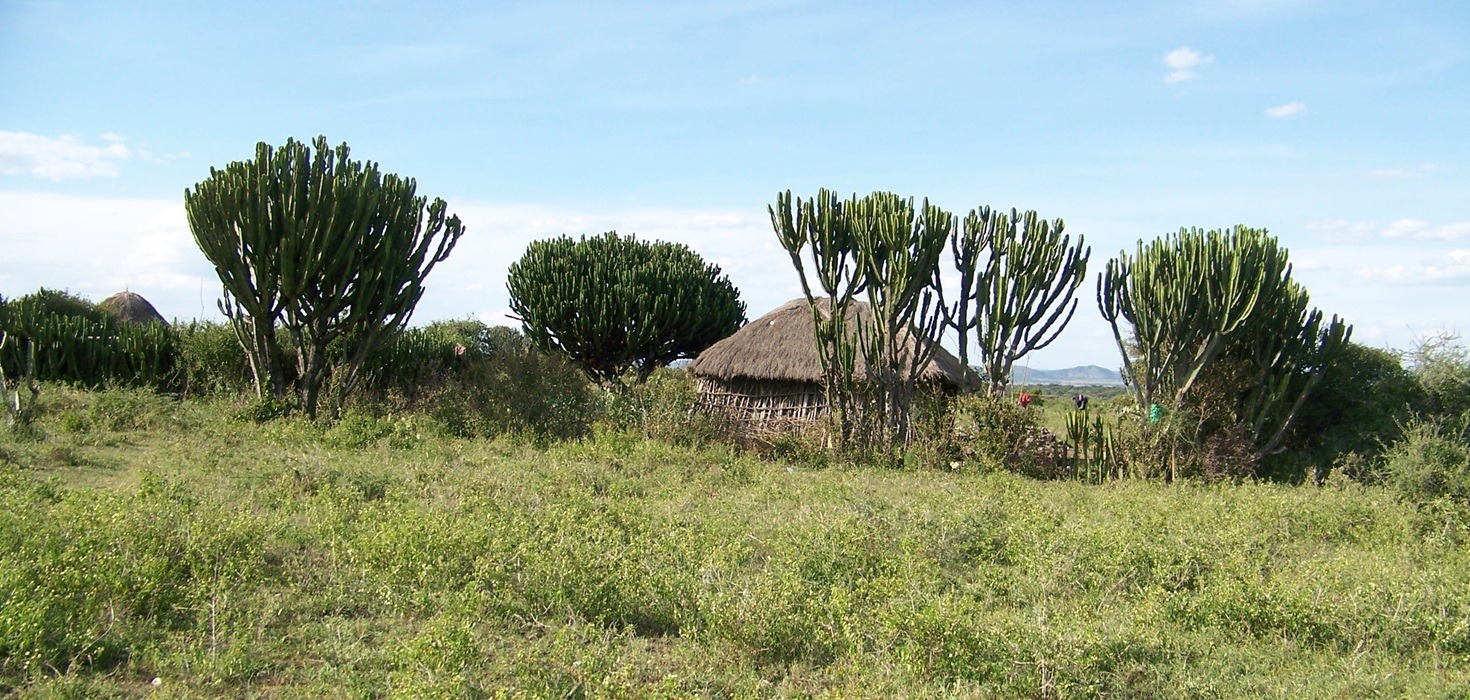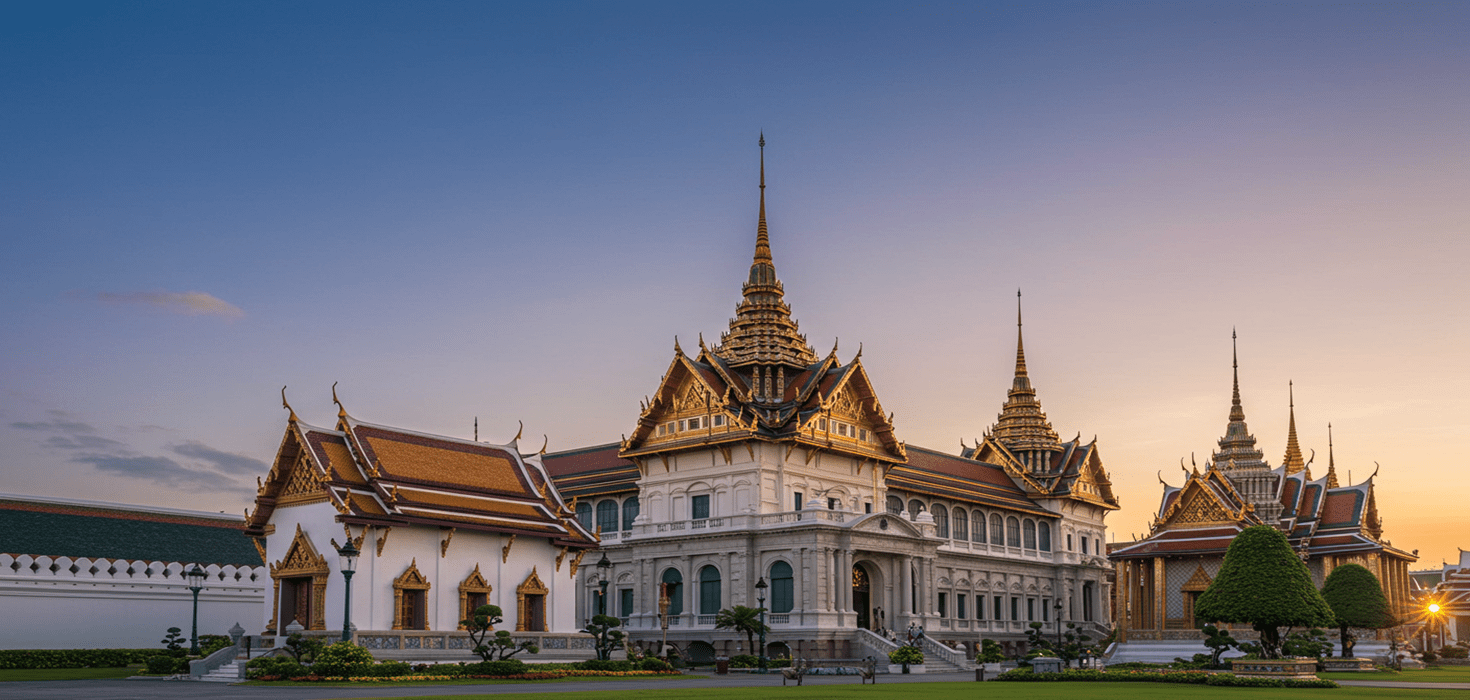Introduction to Todaiji Temple
Welcome to the enchanting world of Todaiji Temple, a true jewel nestled in the heart of Nara, Japan. This magnificent temple, built in the 8th century, stands as a testament to the architectural prowess of its time and is a pivotal part of Japan’s rich cultural heritage. As you approach the temple, the grandeur of its massive wooden structure, which is one of the largest wooden buildings in the world, will leave you in awe. The intricate details of its design reflect the artistry and dedication of the craftsmen who built it, making it a must-visit for anyone intrigued by historical sites in Japan.
At the heart of Todaiji lies the awe-inspiring Great Buddha Nara (Daibutsu), a colossal bronze statue that reaches a height of 15 meters (49 feet). This statue is not just a remarkable feat of engineering; it symbolizes the spiritual essence of Buddhism in Japan and has drawn countless visitors seeking inspiration and tranquility. The Great Buddha is surrounded by a serene atmosphere, inviting you to pause and reflect on the beauty of the moment. It’s no wonder that this iconic figure has become a national treasure and a cultural icon, representing peace and enlightenment.
Seasonal Splendor: Festivals at Todaiji
Visiting Todaiji Temple is not just about admiring its architecture and the Great Buddha; it’s also about experiencing the vibrant Todaiji festivals that celebrate the changing seasons and the rich traditions of Nara. Each festival brings its own unique charm, transforming the temple grounds into a lively scene filled with color, sound, and spirituality.
Omizutori Festival
One of the most anticipated events is the Omizutori Festival, held every March. This ancient ritual, which has been celebrated for over 1,250 years, marks the arrival of spring and is a beautiful blend of spirituality and community. The festival features the ceremonial drawing of sacred water from the temple’s well, which is believed to purify and bring blessings for the year ahead. As night falls, the atmosphere becomes magical with the flickering light of torches illuminating the temple grounds, creating a mesmerizing sight that captivates all who attend.
Deer and Lantern Festival
Another highlight is the Deer and Lantern Festival, celebrated during the summer months. This festival honors the gentle deer that roam freely in Nara Park, revered as messengers of the gods. The event features a stunning display of lanterns, which light up the park and temple grounds, creating a whimsical ambiance. You can join in the festivities by participating in traditional games and enjoying delicious local snacks, all while surrounded by the beautiful sights and sounds of nature.
Throughout the year, Todaiji Temple also offers unique seasonal experiences that enhance your visit. Imagine strolling through the temple grounds during cherry blossom season, where the pink blooms create a breathtaking backdrop against the ancient structures. In autumn, the foliage transforms into a vibrant tapestry of reds and golds, offering a perfect opportunity for stunning photography. Even in winter, the temple exudes a serene beauty, with a blanket of snow adding to its spiritual atmosphere.
Cultural Richness of Nara: Traditions and Customs
Nara is not just about breathtaking temples and serene parks; it’s a place where culture and nature intertwine beautifully. One of the most delightful experiences is interacting with the free-roaming deer in Nara Park. These gentle creatures are considered sacred messengers of the gods and have become a symbol of the city. As you stroll through the park, don’t be surprised if a curious deer approaches you for a snack—just make sure you have some special deer crackers (shika senbei) on hand!
Engaging with these majestic animals is more than just a fun photo opportunity; it’s a chance to participate in a local tradition that reflects the harmony between nature and spirituality. The deer have been part of Nara’s cultural landscape for centuries, and many visitors enjoy the ritual of feeding them while learning about their significance in local folklore.
Another fascinating aspect of Nara’s culture is the various customs associated with Todaiji Temple. From the intricate rituals performed during festivals to the daily practices of worshippers, every moment at the temple is steeped in history and devotion. Make sure to observe the temple etiquette—bowing at the entrance and being respectful of the sacred spaces as you explore.
Culinary Adventures: Tasting Nara
No trip to Nara is complete without indulging in its delicious local cuisine. One must-try dish is Kakinoha-zushi, a unique sushi wrapped in persimmon leaves. This delightful treat is not only a feast for the taste buds but also a feast for the eyes, thanks to its beautiful presentation. You can find this dish at various eateries around the temple and in Nara Park, making it easy to savor while you explore.
Another local favorite is Nara soba, a buckwheat noodle dish that’s perfect for a quick meal after a day of sightseeing. Pair it with some tempura or a flavorful dipping sauce, and you have a satisfying meal that will keep your energy up for more adventures!
During festivals, be sure to sample the various street foods available. From grilled skewers to sweet treats, the vibrant atmosphere will entice your taste buds. Local vendors often set up stalls during events, offering a chance to experience the culinary delights of Nara while soaking in the festive spirit.
Practical Visitor Information: Your Guide to Todaiji
Planning a visit to Todaiji Temple? Here’s what you need to know! The temple is open from 7:30 AM to 5:30 PM, with extended hours during the summer months. Admission fees are quite reasonable, and the experience is well worth every yen. Plus, the temple grounds are expansive, so be sure to wear comfortable shoes as you explore the various halls and gardens.
Accessibility is a priority at Todaiji, with pathways that accommodate all visitors. Whether you’re traveling with family, friends, or solo, you’ll find plenty of spots to rest and take in the stunning views. Don’t forget to check out the nearby attractions, such as Nara Park and Kasuga-taisha Shrine, which are just a short walk away.
Capturing the Moment: Photography at Todaiji
For photography enthusiasts, Todaiji Temple offers a plethora of stunning backdrops. The best time to capture the temple’s beauty is during the golden hour—right before sunset—when the soft light casts a magical glow over the wooden structure. The Great Buddha Nara is another must-photograph subject; standing next to this colossal figure will give you a sense of scale that’s simply breathtaking!
Don’t forget to snap some shots of the surrounding nature, especially during cherry blossom season or autumn when the leaves transform into a vibrant palette of colors. The juxtaposition of the ancient temple with seasonal beauty creates picture-perfect moments that you’ll cherish long after your visit.
Eco-Conscious Travel: Sustainability in Nara
As you explore Nara, it’s important to embrace eco-conscious travel practices. The city is known for its commitment to sustainability, particularly in Nara Park, where conservation efforts are in place to protect the local wildlife, including the sacred deer. Be mindful of your interactions with nature—avoid feeding the deer anything other than the designated crackers, as human food can be harmful to them.
Participate in local initiatives that promote responsible tourism, such as using public transportation or walking whenever possible. This not only reduces your carbon footprint but also allows you to immerse yourself in the local culture and environment.
Outdoor Activities: Embracing Nara’s Nature
Nara is a haven for outdoor enthusiasts! The expansive Nara Park offers numerous trails for hiking and cycling, allowing you to explore the lush landscapes at your own pace. Families will love the playgrounds and open spaces where kids can run and play, all while enjoying the company of the friendly deer.
For those seeking a bit more adventure, consider joining a guided nature walk. These tours often provide insights into the local flora and fauna, making for an enriching experience. Whether you’re hiking to the top of Mount Wakakusa for panoramic views or simply enjoying a leisurely stroll through the park, Nara’s natural beauty is sure to leave you refreshed.
Shopping for Souvenirs: Authentic Nara
Looking to take a piece of Nara home with you? The city boasts a variety of shops featuring unique souvenirs that reflect its rich culture. Look for traditional crafts such as Nara’s famous woodwork or beautiful pottery that showcases local artistry. These items make for excellent gifts or keepsakes from your travels.
Don’t miss the chance to explore local artisan markets, where you can meet the creators behind the crafts. It’s a wonderful opportunity to learn about the techniques and stories that go into each piece. Plus, purchasing directly from artisans supports the local economy and helps preserve traditional crafts.
Transportation Tips: Getting to Todaiji
Getting to Todaiji Temple is a breeze! The temple is conveniently located within walking distance of Nara Station, making it easily accessible by train. If you’re arriving from Kyoto or Osaka, consider taking the Kintetsu Line, which offers a scenic route to Nara.
Once in Nara, public transportation is reliable and efficient. Buses frequently run to major attractions, including Todaiji, and are a great way to explore the city without the hassle of parking. For those who prefer to drive, there are parking lots available near the temple, but be sure to arrive early, especially during peak tourist seasons.
Seasonal Travel Insights: Planning Your Visit
Each season in Nara brings its own unique charm, making it essential to plan your visit accordingly. Spring is a magical time to see cherry blossoms in full bloom, while autumn showcases a stunning array of colorful leaves. If you’re hoping to experience the Todaiji festivals, check the calendar for dates to coincide your visit with these vibrant events.
Keep in mind that summer can be quite warm, so dress accordingly and stay hydrated as you explore the temple grounds. Conversely, winter offers a peaceful atmosphere, with fewer crowds and the chance to see Todaiji blanketed in snow—a truly enchanting sight!
Safety and Health Guidelines: Visitor Essentials
Your safety is paramount while visiting Nara. As a general rule, be cautious around wildlife, especially the deer. While they are generally friendly, it’s best to avoid sudden movements or loud noises that might startle them. Always follow local guidelines for interacting with animals to ensure both your safety and theirs.
When exploring the temple and park, keep an eye on your belongings and stay aware of your surroundings. If you’re traveling during colder months, dressing in layers is a smart idea, as temperatures can fluctuate throughout the day. Lastly, remember to carry hand sanitizer and practice good hygiene, especially when enjoying street food or interacting with local vendors.
Commonly Asked Questions (FAQs) about Todaiji
Curious about what to expect during your visit to Todaiji Temple? Here are some common questions answered:
What is the best time to visit Todaiji Temple?
Anytime is a great time to visit, but spring and autumn offer particularly stunning views with cherry blossoms and fall foliage, respectively.
Is there an entrance fee for Todaiji Temple?
Yes, there is a small entrance fee that helps with the maintenance of the temple. It’s a small price to pay for such a remarkable experience!
Are there guided tours available?
Absolutely! Guided tours are available and can enhance your visit by providing deeper insights into the temple’s history and significance.
Fun Facts about Todaiji and Nara
Did you know that Todaiji Temple was once the largest wooden building in the world? It’s true! Even though it has been reconstructed, the current structure is still an architectural marvel. Another fun fact: the Great Buddha statue was originally cast in the 8th century and is made from over 400 tons of bronze!
Nara itself was the first capital of Japan, and its rich history is reflected in the many temples and shrines scattered throughout the city. The deer in Nara Park are also a UNESCO World Heritage site, recognized for their cultural significance and the role they play in Japanese mythology.
Detailed Day-by-Day Itinerary for Nara
Ready to explore Nara? Here’s a suggested 3-day itinerary to help you make the most of your visit:
Day 1: Discovering Todaiji and Nara Park
- Morning: Start your day with a visit to Todaiji Temple to beat the crowds.
- Afternoon: Enjoy a leisurely stroll through Nara Park, feeding the deer and taking in the scenery.
- Evening: Try Kakinoha-zushi at a local eatery before catching the sunset at the park.
Day 2: Cultural Immersion
- Morning: Visit Kasuga-taisha Shrine and admire its beautiful lanterns.
- Afternoon: Explore the Nara National Museum to learn about the region’s history.
- Evening: Participate in a local festival if your visit coincides with one!
Day 3: Outdoor Adventures
- Morning: Hike up Mount Wakakusa for panoramic views of the city.
- Afternoon: Enjoy a picnic lunch in the park, surrounded by nature.
- Evening: Wind down with a traditional dinner featuring Nara soba.
This itinerary balances cultural experiences, outdoor activities, and culinary delights, ensuring you experience the best that Nara has to offer!
As you prepare for your visit, remember that Nara is a city rich in history, culture, and natural beauty. From the awe-inspiring Todaiji Temple to the gentle deer of Nara Park, every moment spent here is a chance to create lasting memories. So pack your bags, grab your camera, and get ready for an unforgettable adventure in Nara!










